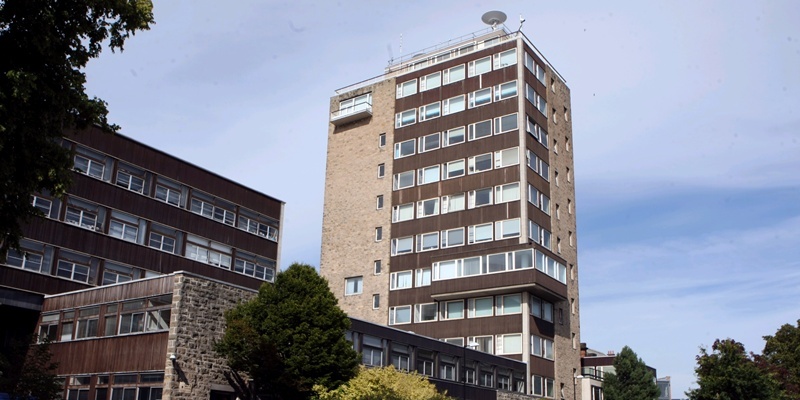More than 47,000 animals were used for breeding and research at Dundee University last year.
The university has released the details in answer to a freedom of information inquiry by a member of the public.
Luke Beevers who is understood to be an animal rights activist had asked to know how many living animals were used in experiments and how many animals the university has on its premises.
In reply, the university confirmed 47,313 animals were used in ”regulated procedures” during 2011. It added that 25,894 animals all mice were used for breeding.
”The remaining animals were used for fundamental biological research or studies applied to medicine,” said the university.
The college of life sciences and the college of medicine, dentistry and nursing were responsible for the research.
Mice made up the vast majority of the animals used, accounting for more than 97% of the total. There were also just over 1,000 rats, 166 frogs and 41 rabbits used.
The university holds 13,000 animals, although the numbers fluctuate.
As part of the FOI response, the university referred to its written policy explaining its stance on animal experiments.
This states that it is proud of its world-class standing in biomedical research and its programmes are aimed at understanding the causes of human diseases and facilitating the development of treatments to alleviate them.
The statement continues: ”Many of the important discoveries made in these programmes have depended crucially on the use of experimental animals. The university also takes its ethical and legal responsibilities very seriously.
”Alternatives to the use of living animals, for example computer models and increasingly sophisticated cell culture systems, are adopted whenever possible, but procedures that involve animals continue to be necessary in many cases, particularly when the integrated behaviour of complex physiological systems is being studied.”
This includes work on the immune system, metabolic regulation, the nervous system and the response to experimental medicines.
”The results of these studies are of great importance in understanding and thereby potentially being able to treat or prevent serious health problems including cancer, heart disease, diabetes, genetic disorders and infectious diseases.
”Nevertheless, it is very important that these potential benefits to human and, indeed, animal health can be seen to outweigh the welfare costs experienced by experimental animals,” the university said.
This cost/benefit analysis is carried out by an ethical review committee, which includes a vet, before projects are given the go-ahead.
There is also a process for monitoring research projects, ensuring the training of staff who work with animals and ensuring the animals are housed properly.
The statement goes on to explains that efforts to minimise animal suffering are centred on the 3Rs concept reduction in the number of animals used, refinement of procedures so the least possible harm is done in collecting information, and the replacement of animals with other research methods wherever possible.
All scientific procedures that involve the use of animals require the approval of the ethical review committee.
The great majority must also be licensed by the Home Office under the Animals (Scientific Procedures) Act 1986.
The university said: ”Compliance with the provisions of the law is monitored closely by the university and, indeed, by the local Home Office inspector, who makes regular and unannounced visits.”
